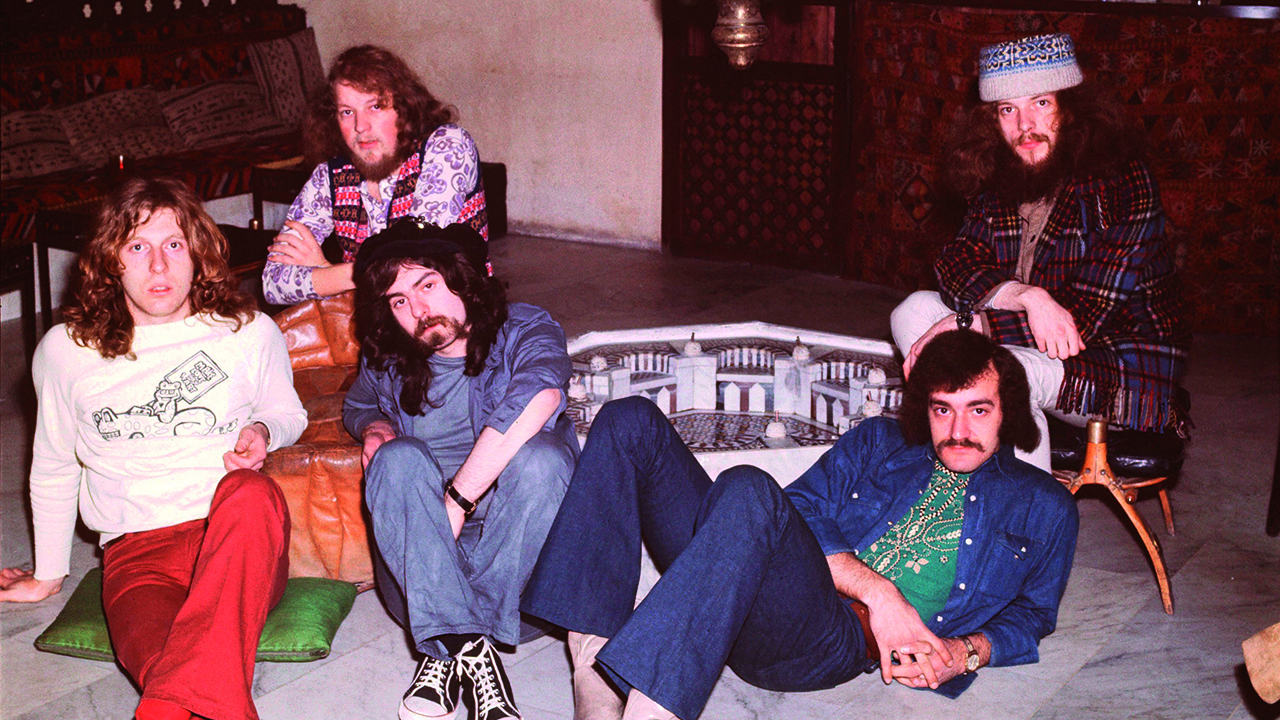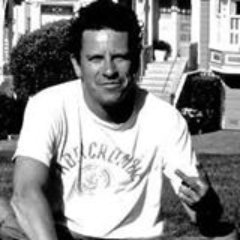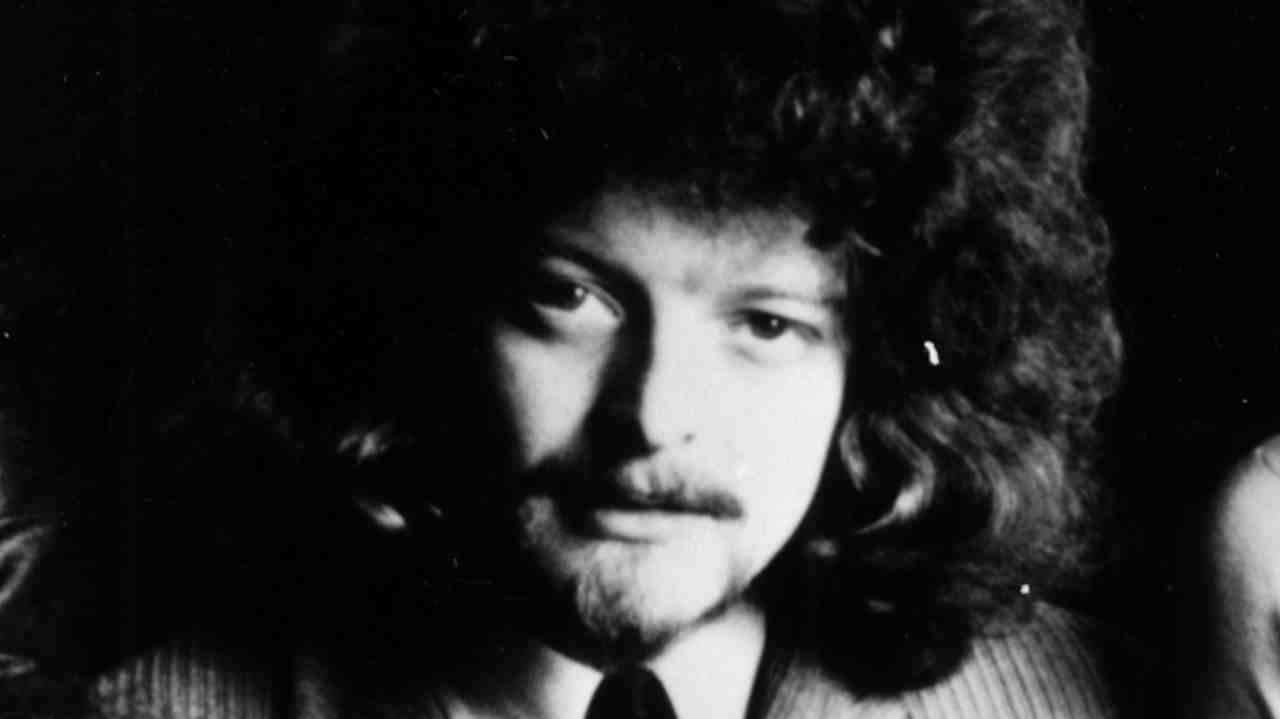You can trust Louder
Space precludes a detailed deconstruction of the relatively complex provenance of this 40th (45th) anniversary edition repackaging of Tull’s breakthrough benchmark, but essentially it’s a slimmed down version of Steven Wilson’s 86-track remixed behemoth (2011), sugared with the addition of the Life Is A Long Song EP and its accompanying promo film.
Aqualung is best viewed as a halfway house between earlier blues leanings and the folk-informed full prog jacket that would ensue (Thick As A Brick). Though rich in conceptual continuity, as Frank Zappa might put it, 1971’s Aqualung is not by any strict definition a concept album – a fact that Ian Anderson has peevishly pointed out over the years.
Comprising a disparate collection of seedy, secular vignettes and rails against the hypocrisy of organised religion versus the concept of God, this dichotomy can also be viewed through the oppositional attributes of pastoral acoustic folk whimsy and riff-centric heft.
Much of its power and unlikely cohesion is a testament to the quality of the songwriting, which illustrates a band discovering its quintessential self. Bert Jansch and Roy Harper’s narrative influences are notable throughout, though the remarkable Mother Goose – an Elizabethan madrigal replete with post-medieval recorders - harks back much further, revealing Anderson’s antiquarian tendencies and plotting a long tail of historical social commentary.
It’s Martin Barre’s bombastic riffs on the title track and its offspring Locomotive Breath and Cross-Eyed Mary that really define the album, though, and they provided the radio-friendly platform that catapulted the band into mainstream American success – as unusual as that seems, viewed from a 45-year remove.
Recorded next door to the mixing of Led Zeppelin IV in Island’s newly opened London studios, anecdote has it that Barre’s solo on Aqualung was egged on by a visiting Jimmy Page and the ever-present fear of being replaced: “In those days, if you didn’t get a guitar solo in one or two takes, it might become a flute solo…”
Wilson’s crisp stereo mixes bring the notoriously poor original fidelity into sharp 3D relief, and the addition of 5.1 and quad mixes on the accompanying DVDs gift wraps the package for the more zealous audiophile.
Sign up below to get the latest from Classic Rock, plus exclusive special offers, direct to your inbox!
Tim Batcup is a writer for Classic Rock magazine and Prog magazine. He's also the owner of Cover To Cover, Swansea's only independent bookshop, and a director of Storyopolis, a free children’s literacy project based at the Volcano Theatre, Swansea. He likes music, books and Crass.


